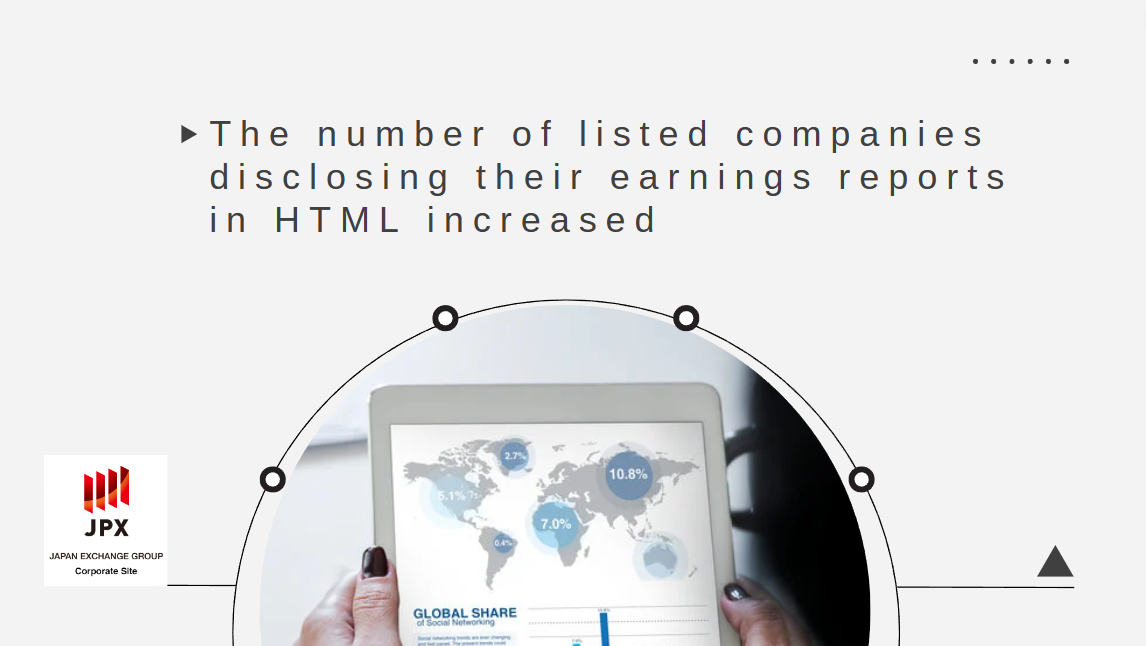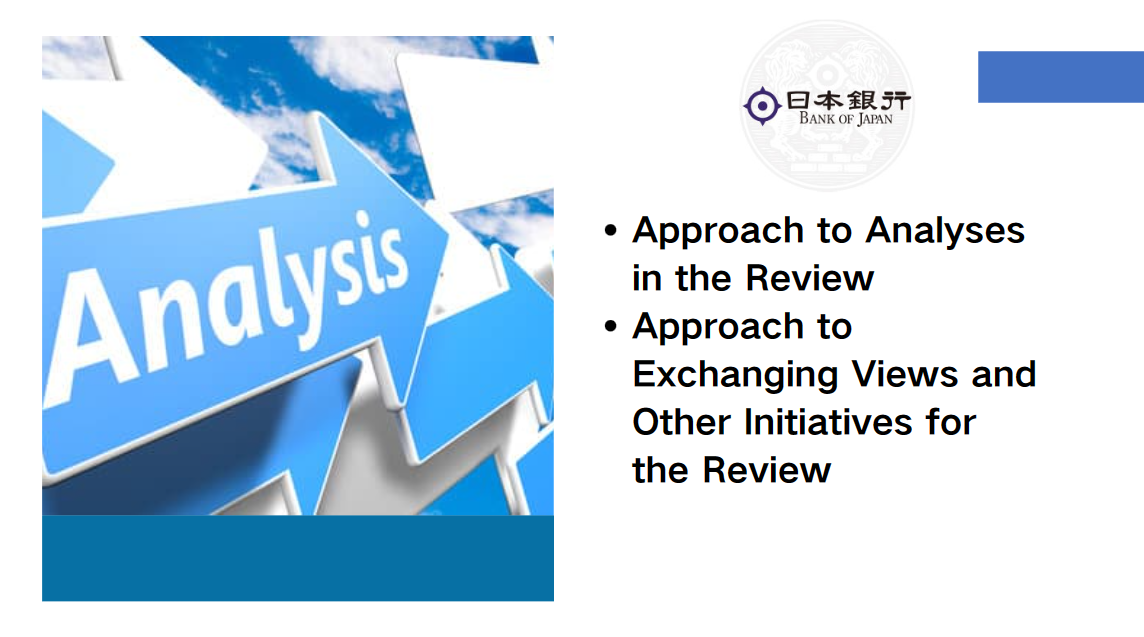Japan's Balance of Payments Statistics and International Investment Position for 2022
Summary
The current account surplus decreased to 11.5 trillion yen in 2022 from 21.5 trillion yen in 2021. The decrease reflects the fact that although the surplus on primary income increased, the goods balance turned to a deficit for the first time in seven years and the deficit on services increased.
Looking at the breakdown, the goods balance turned to a deficit, reflecting the fact that although exports increased owing to the recovery in overseas economies, imports rose even more due to such factors as the surge in raw material prices. The deficit on services increased as the deficit on other business services rose, although the surplus on travel increased, albeit slightly. On the other hand, the surplus on primary income widened, mainly due to a rise in the surplus on direct investment income.
Japan's travel receipts have been on an increasing trend since autumn 2022 following the relaxation of travel restrictions. Comparing travel receipts by purpose of travel for selected economies shows that the COVID-19 pandemic had a differential impact on tourism and education-related travel (see Appendix 1). With respect to direct investment income receipts by region and industry, it was investments in the mining industry in Oceania and in the manufacturing sector in Asia that made the largest contributions to the overall increase in receipts from 2021 to 2022 (see Appendix 2).
Reflecting the surplus on the current account, the financial account registered net lending, which, however, decreased to 6.5 trillion yen in 2022 from 16.8 trillion yen in 2021. Looking at the breakdown, direct investment registered net lending, while portfolio investment registered net borrowing.
Looking at developments in direct investment in 2022 classified by type of investment, for direct investment assets, the share of investment for the extension of capital for the expansion of overseas business operations increased.
Meanwhile, with respect to direct investment liabilities, the share of merger and acquisition (M&A) type transactions continued to account for a significant share (see Appendix 3). A look at portfolio investment assets in terms of the International Transactions in Securities statistics in addition to the balance of payments (BOP) statistics indicates that sales of long-term debt securities due to the rise in FX-hedging costs and other factors spread to investors other than those designated as major investors (see Appendix 4).
Looking at Japan's BOP in 2022 in terms of money flows, net lending (outflows) under other investment was more or less unchanged from 2021, reflecting the fact that while (1) the current account surplus, which gives rise to money inflows, decreased and (2) portfolio investment liabilities shifted to net sales (outflows), (3) net sales (inflows) under portfolio investment assets increased (see Appendix 5).
Japan's net asset position marked a record high, rising to 418.6 trillion yen at year-end 2022 from 417.9 trillion yen at year-end 2021. This reflects an increase in the yen value of foreign currency-denominated assets due to the yen's depreciation. Among major economies, Japan at year-end 2022 continued to record the largest net asset position.
In relation to statistical standards, international discussions on many different issues have been taking place in preparation for the updating of the International Monetary Fund (IMF)'s Balance of Payments and International Investment Position Manual (BPM) scheduled for 2025. One of the major issues being addressed in the ongoing discussions is the recording of crypto assets (see Appendix 6).
List of Appendixes
- Appendix 1.
- Japan's Travel Receipts by Purpose of Travel and Comparison with Other Economies
- Appendix 2.
- Direct Investment Income Receipts by Region and Industry
- Appendix 3.
- Developments in Direct Investment by Type of Investment
- Appendix 4.
- Developments in Portfolio Investment Assets
- Appendix 5.
- Key Features of BOP Flows in 2022
- Appendix 6.
- Update of the IMF's Balance of Payments and International Investment Position Manual
Notice
This report is an English translation of the Japanese original released on July 10, 2023.
Please contact the International Department in advance to request permission when reproducing or copying the content of this report for commercial purposes. Please credit the source when reproducing or copying the content of this report.























































First, please LoginComment After ~